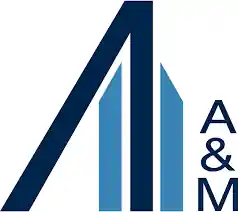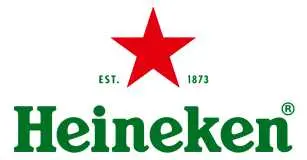Oil and gas pipelines are essential infrastructure systems used to transport crude oil, natural gas, and refined petroleum products. They are constructed using steel pipes and are buried or submerged for protection. These pipelines facilitate the safe and efficient transport of hydrocarbons, reducing the reliance on other transportation methods. There are different types of pipelines for crude oil, natural gas, and refined products. Pipeline networks span across countries and regions, connecting production areas with consumption centres. The construction and operation of pipelines involve challenges such as environmental impact assessments and safety regulations. Pipelines play a vital role in the economies of producing countries and contribute to energy security. However, specific pipeline routes may change over time due to various factors.
Middle East Oil & Gas Pipeline Market Driving Factors and Challenges
The Middle East oil and gas pipeline industry has experienced significant growth due to diversification of export routes, regional integration efforts, technological advancements, and government support. To enhance energy security, the region has invested in pipelines to access new markets and reduce dependence on traditional routes. Collaborative initiatives among neighbouring countries have been undertaken to promote energy trade, stability, and economic ties. Technological advancements have improved pipeline construction, monitoring, and safety measures. Governments have provided incentives and favorable conditions to attract investments in pipeline infrastructure. These growth drivers have contributed to the expansion, modernization, and economic development of the Middle East oil and gas pipeline industry.
The Middle East oil and gas pipeline market faces challenges related to environmental concerns, the evolving energy landscape, and financing and investment. Pipelines have the potential to impact the environment, necessitating the mitigation of environmental risks and compliance with regulations. The industry must also adapt to the changing global energy landscape, which includes a shift towards renewable energy sources and increased emphasis on sustainability. Securing financing for pipeline projects can be challenging, particularly during economic downturns and geopolitical uncertainties. Overcoming these challenges requires collaboration, risk management, safety adherence, security measures, technological advancements, and attracting investments. Successfully addressing these obstacles is crucial to ensure the reliable and efficient operation of the Middle East oil and gas pipeline market.
Impact of COVID-19 on Middle East Oil & Gas Pipeline Market
The Covid-19 pandemic has posed operational challenges for existing pipelines, including workforce availability, health and safety protocols, and logistics disruptions The pandemic has accelerated discussions around the energy transition and the need to reduce reliance on fossil fuels. This shift in focus towards renewable energy sources may impact the long-term demand for oil and gas, influencing investment decisions and future pipeline projects. Existing geopolitical tensions and regional conflicts have been exacerbated, potentially affecting pipeline stability and security. The Middle East oil and gas pipeline market has faced significant challenges in terms of demand, investment, project delays, and operational disruptions. Adapting to changing market dynamics and addressing these challenges will be crucial for the industry's recovery and future growth.
Middle East Oil & Gas Pipeline Market Key Players:
The market study provides market data by competitive landscape, revenue analysis, market segments and detailed analysis of key market players such as; Abu Dhabi Metal Pipes & Profiles Industries Complex LLC, Arabian Pipes Company, ArcelorMittal, EEW Group, Jindal SAW Ltd, Rezayat Group, Sumitomo Corporation, Vallourec SA, Others.
Middle East Oil & Gas Pipeline Market Segmentation:
By Type: Based on the Type, Middle East Oil & Gas Pipeline Market is segmented as; Crude Oil Pipeline, Natural Gas Pipeline.
By Application: Based on the Application, Middle East Oil & Gas Pipeline Market is segmented as; Offshore, Onshore.
By Source: Based on the Source, Middle East Oil & Gas Pipeline Market is segmented as; Downstream, Midstream, Upstream.
By Region: This research also includes data for Bahrain, Iran, Iraq, Israel, Jordan, Kuwait, Lebanon, Oman, Qatar, Saudi Arabia, Syria, Turkey, United Arab Emirates, Rest of the Middle East.
This study also encompasses various drivers and restraining factors of this market for the forecast period. Various growth opportunities are also discussed in the report.






















